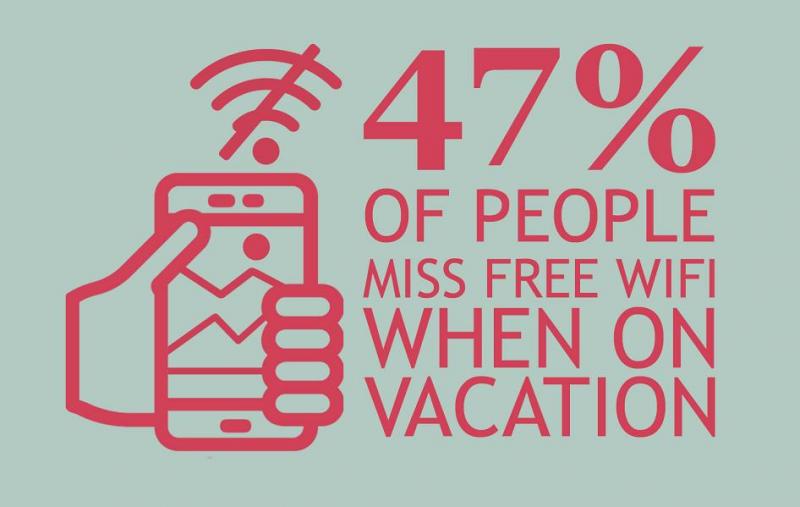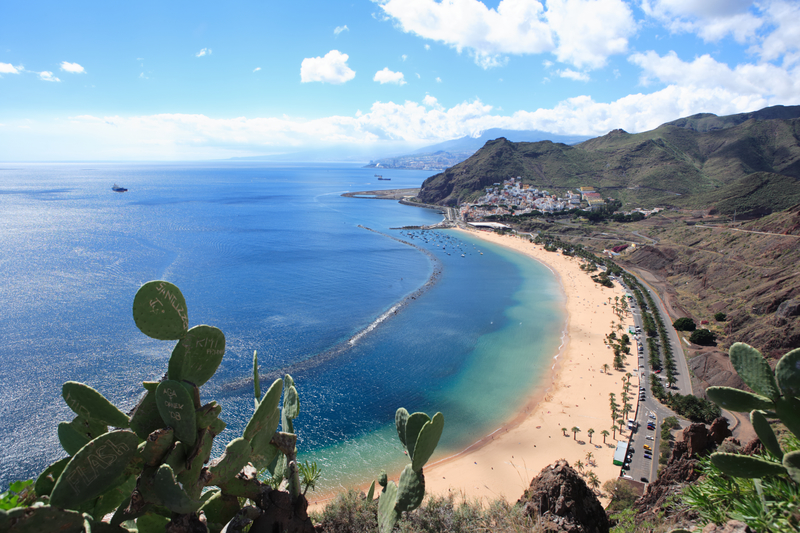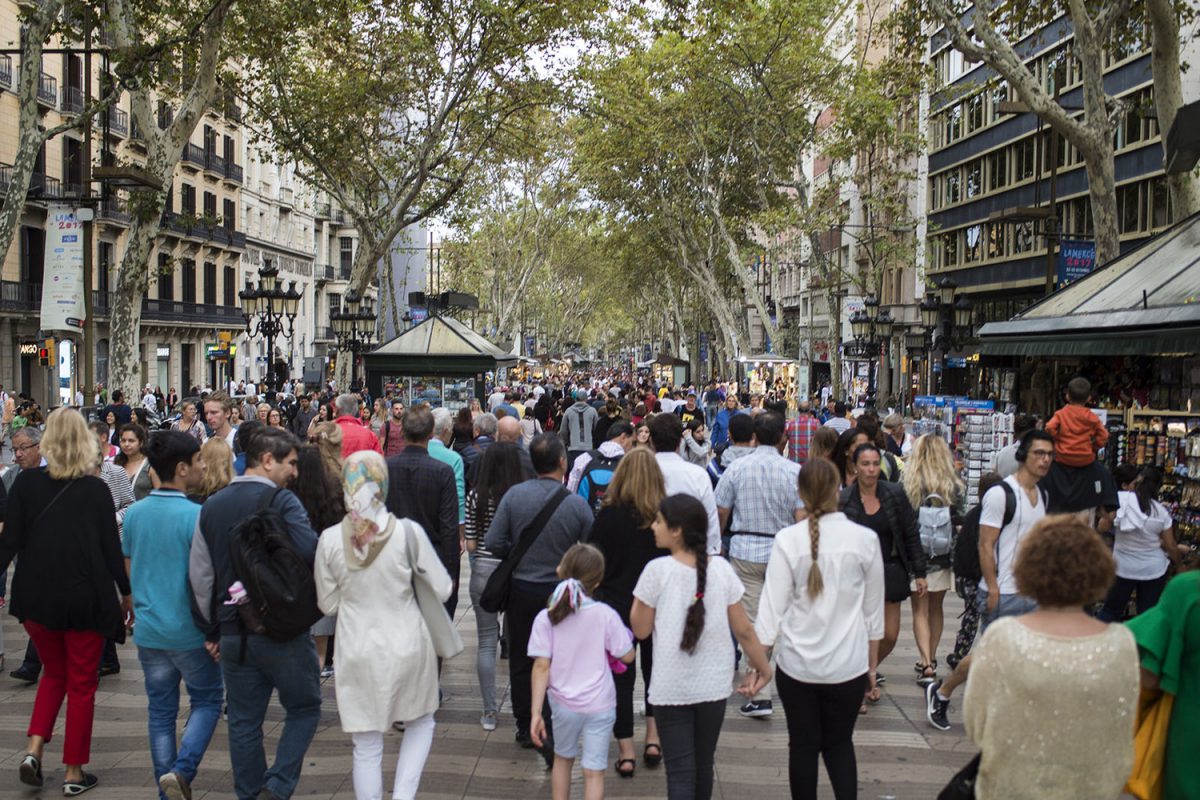47% of people surveyed choose a good free internet connection as what they miss the most when they are away from home. This data is especially widespread in young people between 18 and 24 years old, with 54%, compared to 40% in people between 50 and 65 years old.
Expectations are an important aspect of every trip. The survey revealed that Spaniards hope to discover another culture and its history (66%), change their habits (31%) and live exciting experiences (21%).
And when they prepare a trip, what do they feel? 67% of Spanish travelers feel happy, 60% are curious about what is to come and 33% are impatient. On the other hand, the stay in hotels associates it with two nouns: comfort (61%) and well-being (40%).
The preferred travel companions are still, as expected, couples, children and friends. In the case of Spaniards, 94% of respondents would like to travel with their partner, while 41% would choose to travel with their friends. 55% also consider that pets can be good allies abroad. On the contrary, 46% have indicated that in-laws are with those who would least wish to travel.
Surprisingly, 19% of participants internationally consider that the best travel companion is none other than oneself. As an example, 25% of the Germans, Americans and Indians surveyed say they prefer to travel on their own. Again, the generation gap is significant, with a greater number of young travelers between 18 and 24 years of age who decide to travel alone.
The idea of traveling with bosses or co-workers only has the backing of Chinese travelers. Among them, 40% do not rule out the possibility of traveling with their bosses and 48% are happy to travel with their colleagues at work.
Last but not least, 38% of the participants state that what they miss the most when they are away from home are the bed and the pillow, almost as much as the percentage of respondents who miss their family and friends more (40%)
The results of the aforementioned study are available in the attached document (in English).



